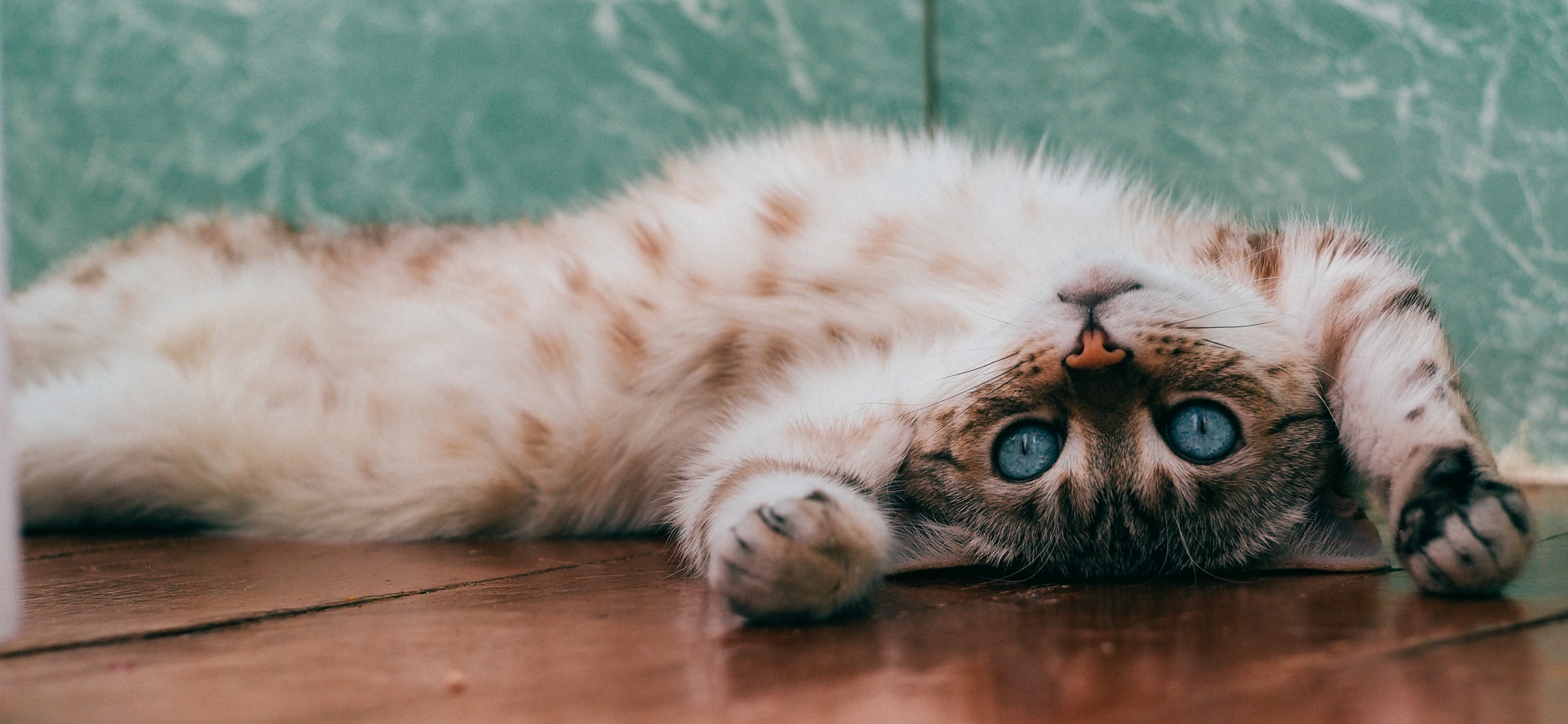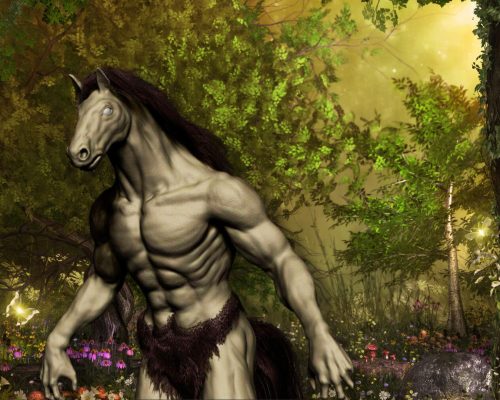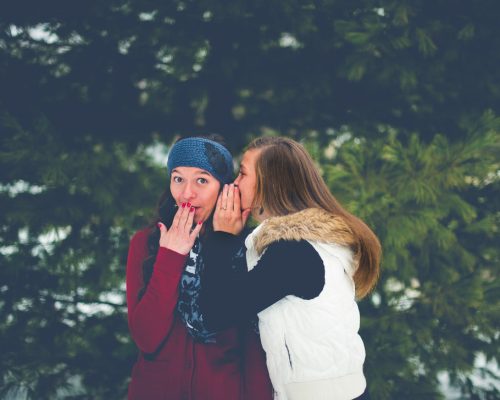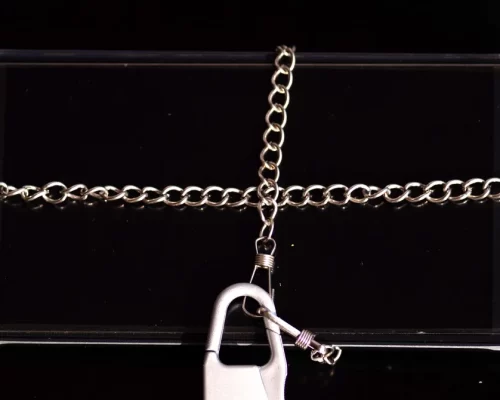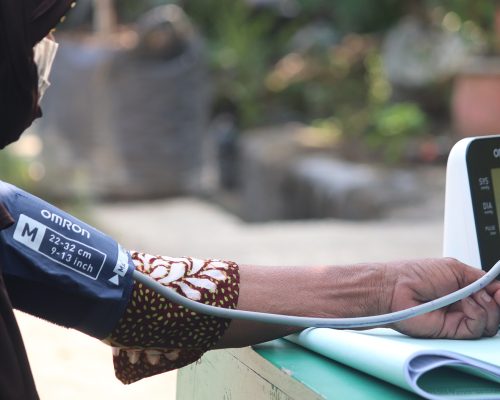It’s raining cats and dogs? Nope, it’s raining cats’ expressions.
A stray cat watches the bustling urban scene below from a position on a worn windowsill as day breaks over the city. In the midst of the morning’s chaos, a stressed worker flashes by in a whirl of motion and transient facial emotions.
With eyes that appear to read the unsaid language of human disarray, the cat observes with a mix of wonder and, perhaps, panther wisdom.
The moment of unexpected connection between the tardy worker and the stray cat is a quiet, shared acknowledgment of life’s hectic dance, which serves to punctuate the everyday bustle.
He couldn’t understand why, as he approached the cat, she suddenly went from being a friendly feline to an annoyed stray, rolling her eyes at the worker.
The worker was immediately loosened up, and he began to wonder how the cat managed to pull off such a wide range of expressions.
But a research study had a say on this.
Behavioural Processes published a study this month in which researchers counted 276 distinct feline facial expressions used to convey emotions ranging from aggression to friendliness. We may have helped our kitty companions create such a wide variety of sneers, smiles, and grimaces throughout the course of their 10,000-year existence with us, the researchers discovered.
Brittany Florkiewicz claims that chimps are capable of 357 different facial expressions, but he and his colleague found that cats are capable of 276 different expressions toward one another.
About four of the 26 different facial expressions were used to create each one. These included: mouths parted, jaws dropped, eyes wide or narrow, blinks and half blinks, pulled lip corners, nose licks, protruding or retracting whiskers, and different ear placements.
In contrast, Florkiewicz claims that humans have 44 distinct facial motions, though it is unclear how many various expressions these movements can combine to form. There are at least 27 different facial expressions that dogs can make.
The scientists who conducted the latest study reported that the vast majority of the cats’ facial expressions were either clearly friendly (45 percent) or clearly aggressive (37 percent). The remaining 18 percent were as equivocal as the Cheshire Cat’s grin and could have been classified in either way.
However, Florkiewicz admits that it is still not apparent what the cats were actually “saying” to one another.
The general rule is that cats will incline their ears and whiskers toward a pleasant companion and away from a hostile one.
Tightened pupils and lip-licking are common physiological responses to competitive situations, the report also said.
“Many people still consider cats—erroneously—to be a largely nonsocial species,” said Daniel Mills, a veterinary behaviorist at the University of Lincoln who was not involved in the study.
The facial expressions described in the new study suggest otherwise, he added.
Mills also emphasized that there exists a considerable amount of undisclosed information that eludes human awareness.
Mills notes that there are striking similarities between the friendly faces of cats and those of humans, dogs, primates, and other animals, suggesting that these species may share “a common play face.”
Researchers have not been able to juxtapose their findings to those of wild felines, but they are aware that the domestic cat’s ancestor, the African wildcat, and all other closest cousins are strongly isolated animals. Florkiewicz suggests that domestic cats may have kept some of their wild ancestors’ protective communication, but that they likely picked up pleasant facial expressions while congregating for scraps of human food.

